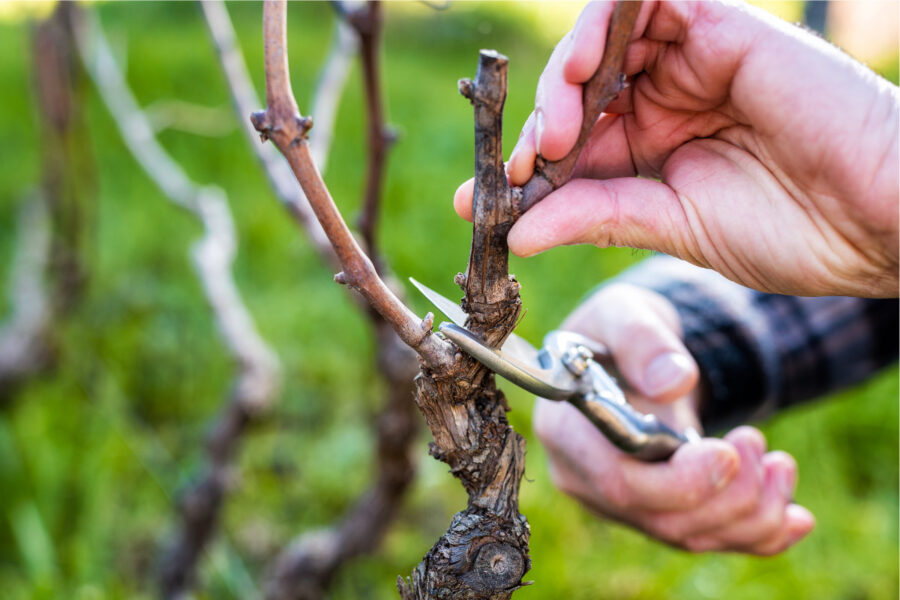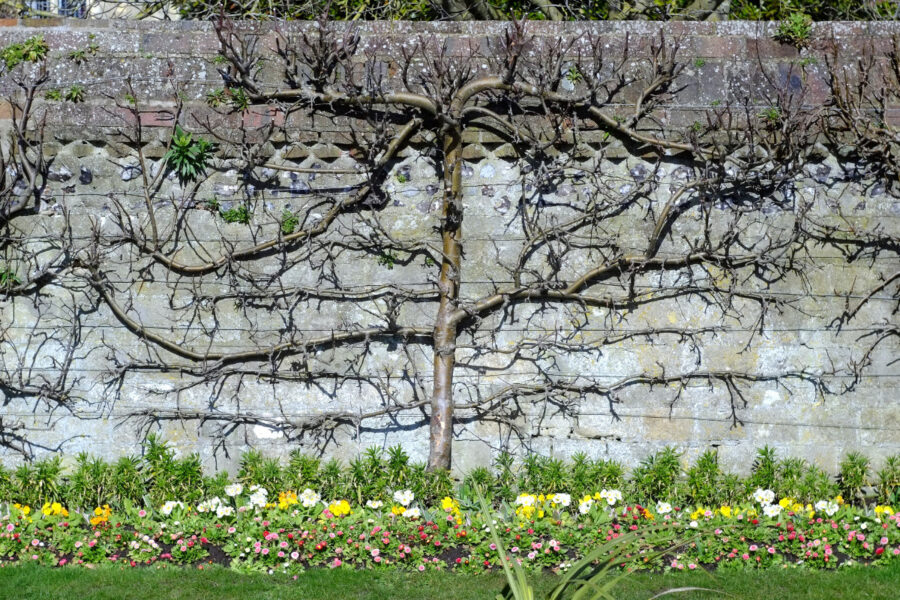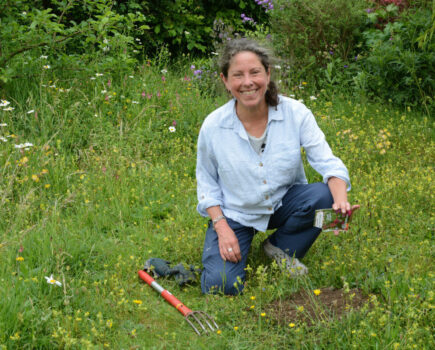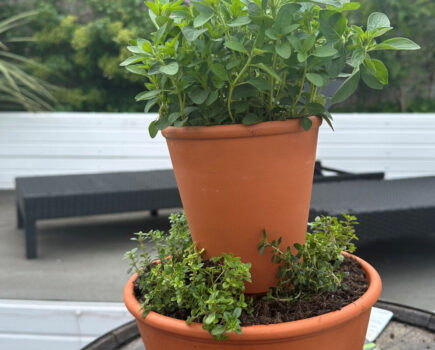Bob explains which fruits must be snipped back and which are best left well alone over winter
There’s pruning you can leave, or even forget, such as blueberries, and there’s pruning you really must keep on top of. If, like myself, you’ve foolishly planted any of the blackberry/bramble family or their hybrids: loganberries and the luscious Tayberry, then any failure to snip back and you’ll soon find your garden lost under a thatch-work of interlocking thorny stems. The way to tackle these brutes is via the systematic nibbling away, short lengths at a time, which you stack as you go. (Lay two strings / wires parallel on the ground, place the trimmings across these, when the stack’s as large as you want to handle, pull tight and tie the strings around) This makes it easier to remove.
Knowing which to prune first
The bramble family, like most raspberries, fruit next summer on the stems that grew this year. All the other stems will eventually wither and die so need removing. After you’ve cut out the old you’ll likely have too many, too long, young stems left. Tie the strongest in place, then remove the surplus. Be ruthless, as it’s better to have fewer canes with bigger berries.
The raspberries (except autumn croppers which you cut down to the ground in mid-winter) are treated the same, out with the old, in with the best of the new. If any have grown cheekily where they should not (which raspberries will often), dig up these young stems (remove any buds on their roots) and pot in tubs, these can be cropped outside, or taken inside for an early crop, then discarded, or passed onto others.

Effective pruning of soft fruits
Grapevines also have to be pruned otherwise they take over, and they respond well to hard pruning, which improves next year’s harvest. On any established vine retain the old original frame, cutting all of the shoots that grew this year back to three buds. On a younger vine you may want to extend the framework so need to retain some longer shoots. These will sprout and fruit from every joint so do not leave too many in any year.
With the most urgent prunings now completed, next turn your attention to the blackcurrants. If they weren’t pruned in summer, hack them back now. Imagine each ‘stool’ of stems is a pie, and cut the oldest-looking third right away down near ground level to help improve airflow and conserve plant energy for next year’s fruit.
The red and white currants and gooseberries however should be treated more like grapevines. The old branches are retained and all the young shoots coming from those are shortened back to a few buds long.
Not forgetting the tree fruits

Then we come to the tree fruits. Leave all the plums, cherries, apricots and peaches well alone in winter unless damaged by storms. Mature apple and pear trees, the modern very dwarf ones, and all those in containers can also generally be left to themselves. However, espalier, cordon and fan forms (of apple and pear) must be pruned or the shape and benefit is lost. It’s simple enough: like the grapes and currants, retain the old branches, trimming back all the young shoots ruthlessly to a few buds apiece.
Find more tips, advice and articles like this at the Amateur Gardening website. Subscribe to Amateur Gardening magazine now





